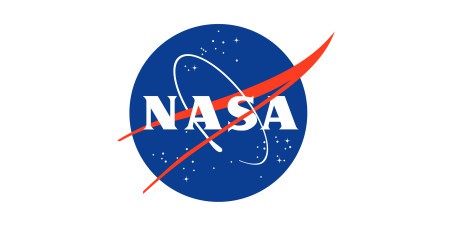Online Elementary Math Curriculum
From buying groceries to planning out your schedule, math is a big part of our lives. Even as children, we use math to count spaces in a board game or decide how many cookies to snack on. That’s why a strong math curriculum is key to a well-balanced education. The best math curriculum will help elementary students build a positive relationship with math and become confident problem solvers as adults.
Miacademy’s math curriculum for elementary students covers everything they need to know while encouraging critical thinking skills. Students learn addition, subtraction, multiplication, and division, as well as when to use each operation. Students also learn about fractions, measurements, and geometry while practicing their problem solving and mental math skills. This helps them succeed in their current grade level and prepares them for middle school.
Please note: The grade levels below are intended as guidelines. We encourage you to choose the level that best fits your child’s unique needs and abilities.
Elementary Math Homeschool Curriculum
Choose a grade level below to explore our full math curriculum!
Using our Online Homeschool Math Curriculum
We design our homeschool math curriculum around creating a positive relationship with math. We provide plenty of demonstrations in our video lessons to help students fully grasp new concepts before moving on. For students, seeing math come alive and learning at their own pace can make math more accessible and enjoyable.
Parents also celebrate our community features, which allow students to apply their math skills in real-world situations. In our Design Studio, children can use their Gold to design products for their shop, advertise in the newspaper, buy and feed pets, and play games that review what they’re learning.
In addition, we design our online curriculum with the flexibility to fit your child’s unique needs in mind. Many families use it as their main curriculum or as a supplement to their child’s public school education.
Plus, we make it easy to switch or start your curriculum at any time! With our customizable, self-paced curriculum, your child won’t have to repeat topics that they’ve already done and can start learning within minutes!
Additional Resources to Enhance Math
Take some time exploring these fun math resources with your child:
If you’re wondering whether Miacademy is the best homeschool math curriculum for your family, feel free to reach out to our friendly customer service team! They’ll be happy to help you with any questions you may have.




